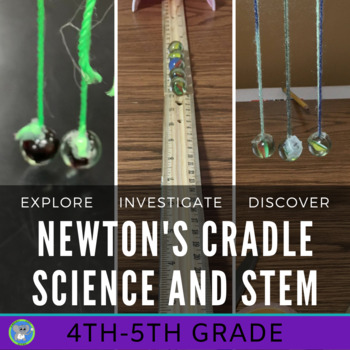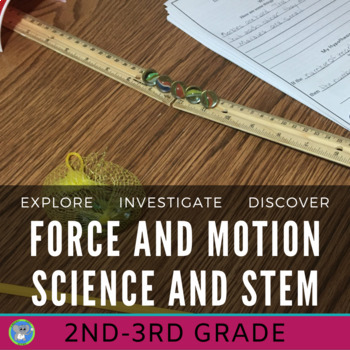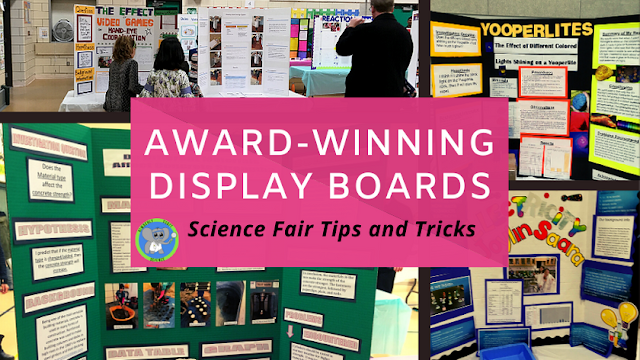Newton's Cradle Science and STEM Challenge
Newton's Cradles are fun to observe. It is a wonderful way to demonstrate the Law of Conservation of Energy. Take your next force and motion unit up a notch by challenging students to design their own.
My students took on this challenge. Students had a great time and learned a lot about successes and failures. We always start with hands-on explorations of the science and end with the STEM Challenge. This gives the students more background knowledge of the materials and concepts to help guide them.
First, we completed an investigation to answer the question: Does increasing the number of marbles colliding affect the number of marbles that will roll out?
This is a great way to introduce the Law of Conservation of Energy. The supplies are simple and the variables are clear. Students always enjoy labs with marbles and ramps.
What will a golf ball do? Be prepared for balls rolling everywhere. Yes, saying balls in a middle school classroom will get laughs. It is just unavoidable. All grades enjoy this part.
Time for the vocabulary. They have had the hands-on experience so students can begin reading about the science of momentum, force, and The Laws of Motion. The Law of Conservation of Energy is fascinating when students see it in action.
After learning all the science concepts, we take notes, review, and fill in anchor charts.
Students are ready for the STEM Challenge. Creating a Newton's Cradle can be challenging. Not all will succeed. Make sure you have a variety of supplies available. Allow the students time to research.
Must have supplies: hot glue gun, marbles, steel ball-bearing, ping pong balls, string, wire, dental floss, cardboard, popsicle sticks, pipe cleaners, wooden dowel rods, and rulers.
The most challenging part is to line up the height of the marbles. The more level they are, the better it will work. We don't expect the students to do five balls. Three balls are just fine. It does not need to be a traditional Newton's Cradle. Maybe there is another way to demonstrate it. Rolling back and forth on a ramp, perhaps. Think outside the box and focus on the progress they make.
Here are some examples. Not bad for their first try.
Here is what teachers say about our Collision Course Unit.
"Amazing and Fun!"
"My students loved this STEM activity. It was a great way to spend a Friday with them!"
"Summer Science Camp students enjoyed this activity."
"Thank you so much for sharing your hard work! This packet was well thought out with interesting reading, a fun experiment, and lots of great terminology to help my students and I feel like we are masters of the subject area. I used it with 4th-grade GATE students. We used the activity to demonstrate Newton's laws."
SHOP THIS POST
LEARN MORE









.png)

